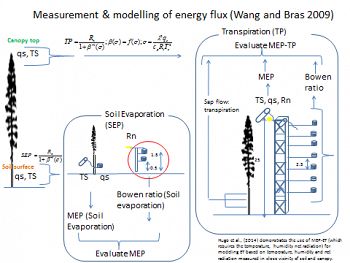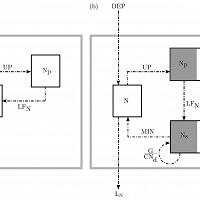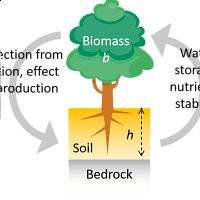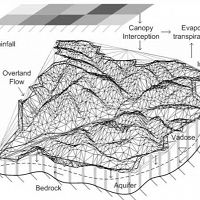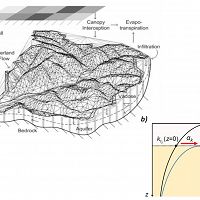MODELS
Models developed, or co-developed, by Calhoun CZO PIs have direct application to CZ function. These include the Penn State Integrated Hydrologic Model (PIHM), the Maximum Entropy Production model (MEP), and Soil Organic Carbon, Erosion, Replacement, and Oxidation model (SOrCERO). Other models, previously used by Calhoun CZO PIs, include the Distributed Hydrology Soil-Vegetation Model (DHSVM), and Triangulated Irregular Network (TIN)-based Real-time Integrated Basin Simulator with VEGetation Generator for Interactive Evolution (tRIBS-VEGGIE).
Modelling News

FEATURED
CZ colleagues: Please contact us about proposals for NSF’s CZ Collaborative Network, due 02 Dec 2019
08 Jul 2019 - CZO will end Nov 2020, succeeded by the “CZ Collaborative Network”. Let’s explore how the CZ community can build upon the CZOs via new NSF proposals.
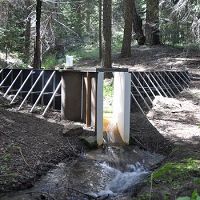
Water Resources Research Special Collection: Concentration-discharge relations in the critical zone
30 Oct 2017 - Water Resources Research published a new special collection in September 2017 featuring concentration-discharge research from multiple CZOs.
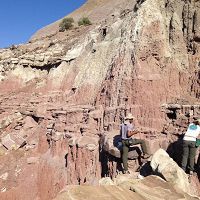
EOS: Taking the Pulse of the Earth’s Surface Systems
04 Dec 2015 - Taking the Pulse of the Earth's Surface Systems In September of 2014, Laurel Larsen (UC Berkley), Elizabeth Hajek (Penn State), and others...
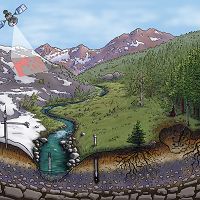
Using a CZO network to explore the architecture, dynamics and evolution of the Critical Zone
03 Nov 2014 - The US CZO National Office has organized a webinar on December 8, 2014 at 11AM - 12:30 PM ET.
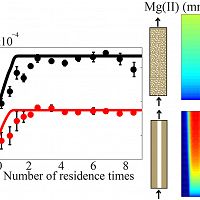
Reactive Transport Modeling Survey – Community Needs for Biogeochemical Studies
08 Apr 2014 - Reactive Transport Modeling Survey – Community Needs for Biogeochemical Studies The below survey is designed by Alexis Navarre-Sitchler, Kate...
CHILD
CHILD Model
The CHILD model is widely used for the simulation of landscape evolution.
CN reforest dynamics
Coupled dynamics of tree and soil C and N during reforestation following land abandonment
Calhoun reforestation was unique: 30% biomass was lost after age 35. Models are used to explore explanations of this behavior.
Dynamic Persistence
Dynamic Persistence of Alternative States
Following disturbance, ecosystems start recovering along trajectories that will eventually lead to a stable state.
Optimal Sensing
Topographically-derived spatial soil moisture model and application to optimal sensor location
A topographically-explicit soil moisture model is developed and applied to cluster watershed into homogeneous sampling regions
Plant-soil feedback
Bistable plant-soil dynamics and biogenic controls on the soil production function
A coupled soil-plant model was developed, exhibiting bistability driven by positive feedback between vegetation and soil.
tRIBS
tRIBS Model
tRIBS (TIN-based Real-Time Integrated Basin Simulator) is a fully distributed physically-based hydrologic model.
tRIBS-ECO
Triangulated Irregular Network-based Real-time Integrated Basin Simulator-Erosion and C Oxidatition
Spatially- and depth-explicit physically-based model of hydro-geomorphic processes and of soil organic carbon dynamics.
Explore Further
